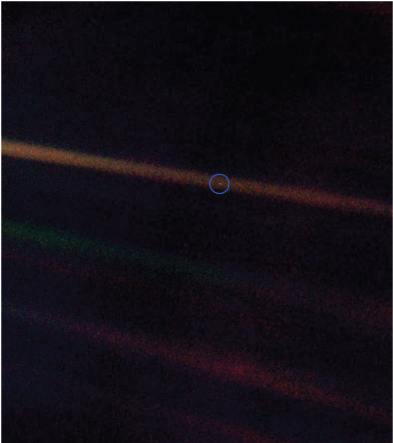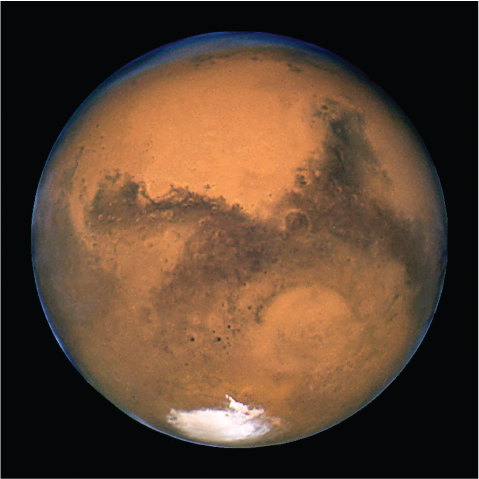6.1 Terrestrial planets
Below is a selection of images of the terrestrial planets in our own Solar System.
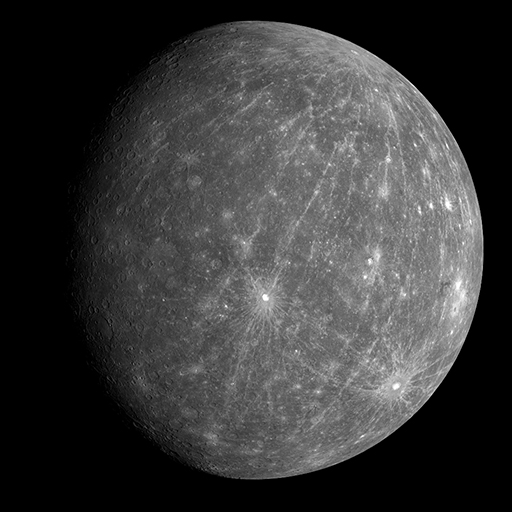
Figure 14 This image of Mercury was taken by the Messenger spacecraft in 2008 in a fly-by before it entered orbit around the planet. The long rays emanating from craters were a newly imaged feature.
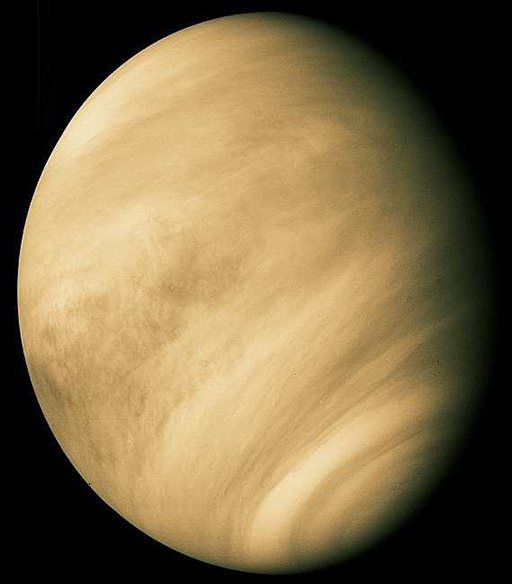
Figure 15 This image of Venus was taken by the Mariner 10 spacecraft in 1974. Venus is very bright because it has a thick layer of highly reflective sulfuric acid clouds obscuring the surface.
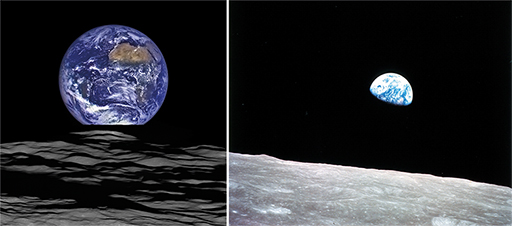
Figure 16 ‘Earthrise’ from lunar orbits. The first image is a composite made using NASA’s Lunar Reconnaissance Orbiter in 2015. The second image was taken by the Apollo 8 astronauts on Christmas Eve in 1968.

